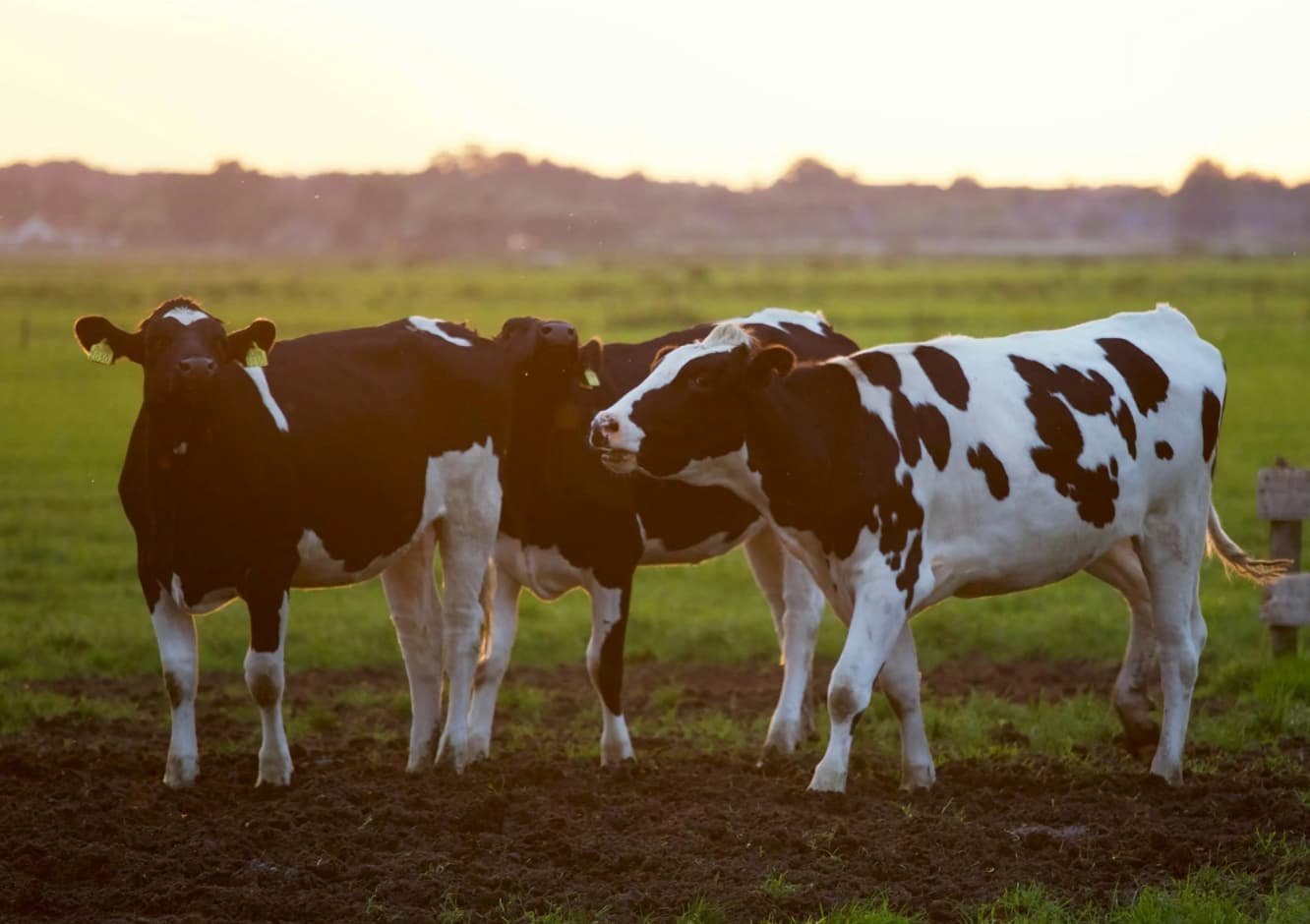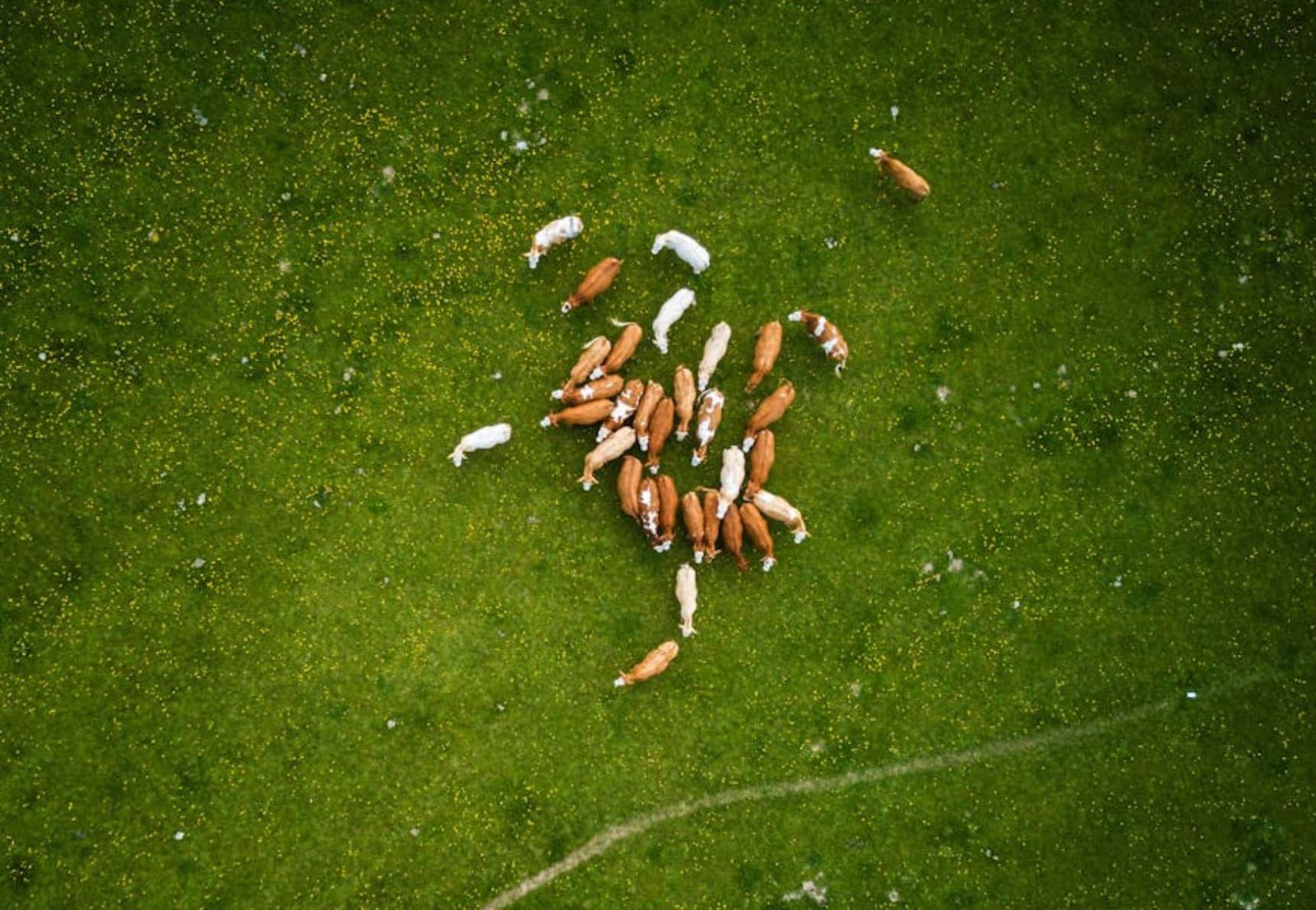CONTENT
Judging Cattle and Buffalo: Conformation Traits, Scoring and Evaluation Standards
Judging cattle and buffalo involves a systematic evaluation of an animal’s physical traits to assess its suitability for breeding, milk production, and overall functionality. The process is based on specific criteria such as body conformation, dairy strength, udder quality, and the structure of feet and legs.
The skeletal parts of the cow, with except rear feet and legs. There are four major breakdowns on which to base a cow’s evaluation. Each trait is broken down into body parts to be considered and ranked.
Listed in priority order, the descriptions of the traits to be considered are as follows:
- Rump (5 points): Should be long and wide throughout. Pin bones should be slightly lower than hip bones with adequate width between the pins. Thurl’s should be wide apart. Vulva should be nearly vertical and the anus should not be recessed. Tail head should set slightly above and neatly between pin bones with freedom from coarseness.
- Front End (5 points): Adequate constitution with front legs straight, wide apart, and squarely placed. Shoulder blades and elbows set firmly against the chest wall. The crops should have adequate fullness blending into the shoulders.
- Back/Loin (2 points): Back should be straight and strong, with loin broad, strong, and nearly level.
- Stature (2 points): Height including length in the leg bones with a long bone pattern throughout the body structure. Height at withers and hips should be relatively proportionate. Age and breed stature recommendations are to be considered.
- Breed Characteristics (1 point): Exhibiting overall style and balance. Head should be feminine, clean-cut, slightly dished with broad muzzle, large open nostrils and strong jaw.
Dairy Strength (25)
A combination of dairyness and strength that supports sustained production and longevity. Major consideration is given to general openness and angularity while maintaining strength, width of chest, spring of fore rib, and substance of bone without coarseness. Body condition should be appropriate for stage of lactation.
Listed in priority order, the descriptions of the traits to be considered are as follows:
- Ribs (8 points): Wide apart, Rib bones wide, flat, deep, and slanted towards the rear. Well sprung, expressing fullness and extending outside the point of elbows.
- Chest (6 points): Deep and wide floor showing capacity for vital organs, with well-sprung fore ribs.
- Barrel (4 points): Long, with adequate depth and width, increasing toward the rear with a deep flank.
- Thighs (2 points): Lean, incurving to flat and wide apart from the rear.
- Neck (2 points): Long, lean, and blending smoothly into shoulders; clean-cut throat, dewlap, and brisket.
- Withers (2 points): Sharp with chine prominent.
- Skin (1 point): Thin, loose, and pliable.
Rear Feet and Legs (20)
Feet and rear legs are evaluated. Evidence of mobility is given major consideration.
Listed in priority order, the descriptions of the traits to be considered are as follows:
- Movement (5 points): The use of feet and rear legs, including length and direction of step. When walking naturally, the stride should be long and fluid with the rear feet nearly replacing the front feet.
- Rear Legs-Side View (3 points): Moderate set (angle) to the hock.
- Rear Legs-Rear View (3 points): Straight, wide apart with feet squarely placed.
- Feet (3 points): Steep angle and deep heel with short, well-rounded closed toes.
- Thurl position (2 points): Near central placement between the hip and pin bones.
- Hocks (2 points): Adequate flexibility with freedom from swelling.
- Bone (1 point): Flatand clean with adequate substance.
- Pasterns (1 point): Short and strong with some flexibility, having a moderate, upright angle.
Udder (40)
The udder traits are evaluated. Major consideration is given to the traits that contribute to high milk yield and a long productive life.
Listed in priority order, the descriptions of the traits to be considered are as follows:
- Udder Depth (10 points): Moderate depth relative to the hock with adequate capacity and clearance. Consideration is given to lactation number and age.
- Rear Udder (9 points): Wide and high, firmly attached with uniform width from top to bottom and slightly rounded to udder floor.
- Teat Placement (5 points): Squarely placed under each quarter, plumb and properly spaced.
- Udder Cleft (5 points): Evidence of a strong suspensory ligament indicated by clearly defined halving.
- Fore Udder (5 points): Firmly attached with moderate length and ample capacity.
- Teats (3 points): Cylindrical shape; uniform size with medium length and diameter; neither short nor long is desirable.
- Udder Balance and Texture (3 points): Udder floor level as viewed from the side. Quarters evenly balanced; soft, pliable, and well collapsed after milking. (Note: In the Holstein breed, an equal emphasis is placed on fore and rear udder (7 points each). All other traits are the same as listed above.)


